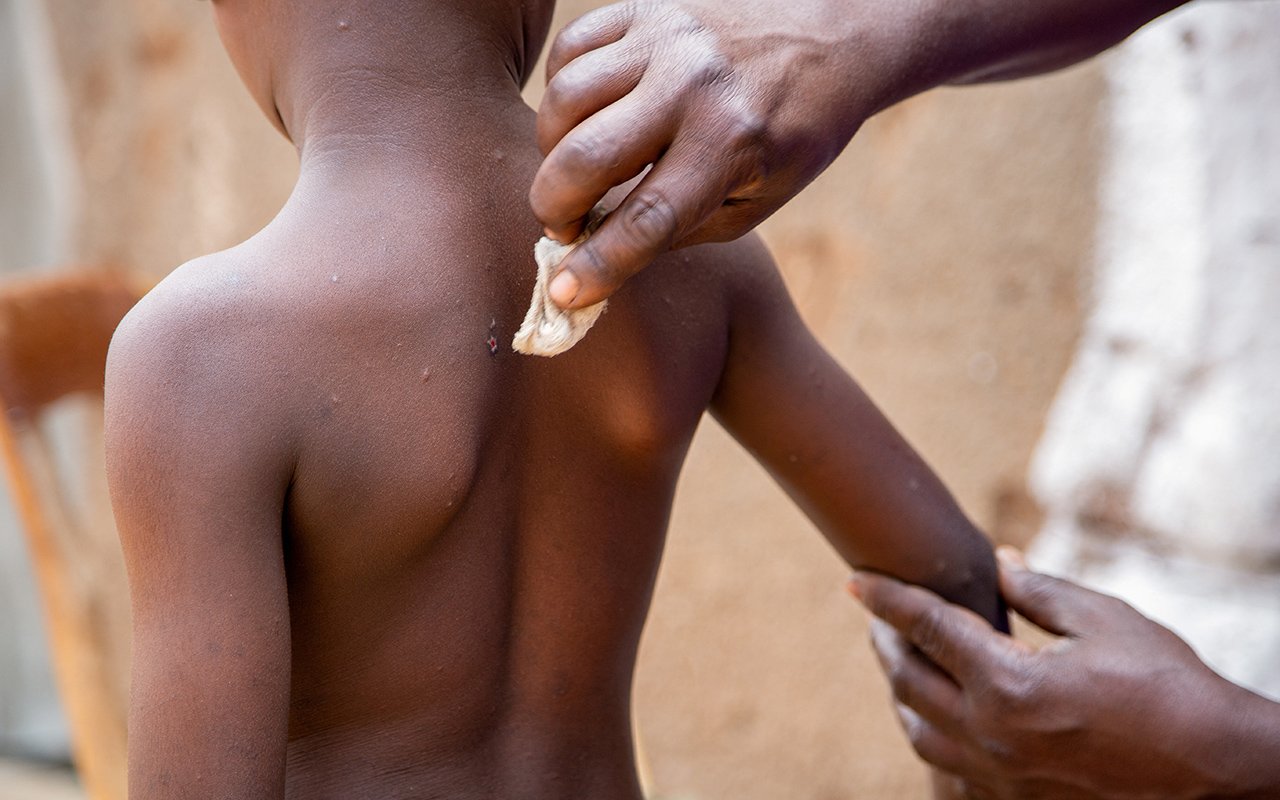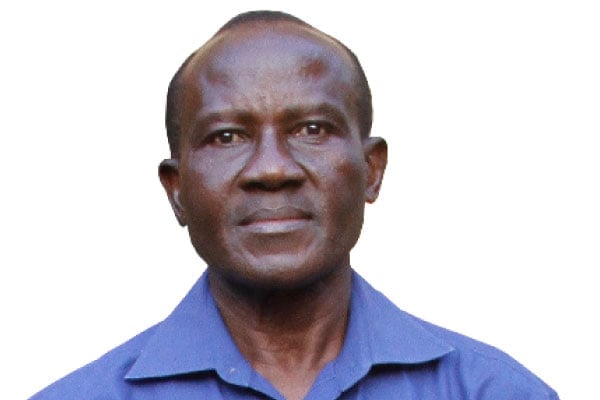Government should increase efforts to stop Mpox

Suspected Mpox patients wait at the Mpox isolation ward at the Kavumu hospital in Kabare territory, South Kivu province of the Democratic Republic of Congo, August 29, 2024. PHOTO/REUTERS
What you need to know:
- Burundi has reported more than 800 cases. There is frequent movement of people between Uganda and these countries, posing an increased risk of the spread of the disease which is associated with painful sores on the skin – especially the face and private parts – body weakness and fever.
The government revealed on Wednesday that cases of Mpox, a viral disease, have increased from 22 to 41 in two weeks. The rise in numbers from the initial two cases reported in Kasese District in July to 41 cases in 11 districts indicates an expanding outbreak.
We appreciate the work being done by medical personnel to ensure no one dies of the disease. The Ministry of Health has not yet reported any Mpox death.
We also acknowledge that, even though the number of cases continues to rise in Uganda, the figure is lower than that of the Democratic Republic of Congo (DR Congo) and Burundi.
However, the government should work with the population, development partners and neighbouring countries to ensure the outbreak is contained so the disease does not get out of control.
Since the start of 2024, DR Congo has reported more than 4,901 confirmed Mpox cases, with more than 629 associated deaths, representing a sharp escalation in both infections and fatalities compared to previous years, according to information from the Africa Centres for Disease Control and Prevention.
Burundi has reported more than 800 cases. There is frequent movement of people between Uganda and these countries, posing an increased risk of the spread of the disease which is associated with painful sores on the skin – especially the face and private parts – body weakness and fever.
The Ministry of Health should boost the sensitisation of the public to ensure people adhere to preventive methods such as avoiding physical contact, frequent hand washing with soap, and avoiding sharing of potentially contaminated materials.
Public places should also restore the use of hand washing facilities installed during the Covid-19 pandemic because it will aid in the anti-Mpox fight while preventing other diseases like diarrhoea. The community should be supportive and report/direct those with symptoms to nearby health facilities while avoiding stigmatisation that may send patients/suspects into hiding. The border health points should be strengthened to screen people entering the country, especially those with symptoms, and also test for the variants of the Mpox virus.
The ministry should also work with DR Congo and strengthen community engagement to ensure the infected people don’t cross into Uganda unnoticed as the two countries have many porous borders. According to the details from the ministry, Nakasongola is the most affected with nine cases, followed by Kampala (eight), Wakiso (eight), Mayuge (five), Kasese (four), Isingiro (two), Nakaseke (one), Mukono (one), Kagadi (one), Amuru (one) and Adjumani (one). The first cases were reported in Kasese in July this year.
Mr Atek Kagirita, the Mpox deputy incident commander, said on Wednesday during the Interdisciplinary Consortium for Epidemic Research (iCER) Symposium on Mpox in Kampala that some of the Mpox patients are still under isolation.



